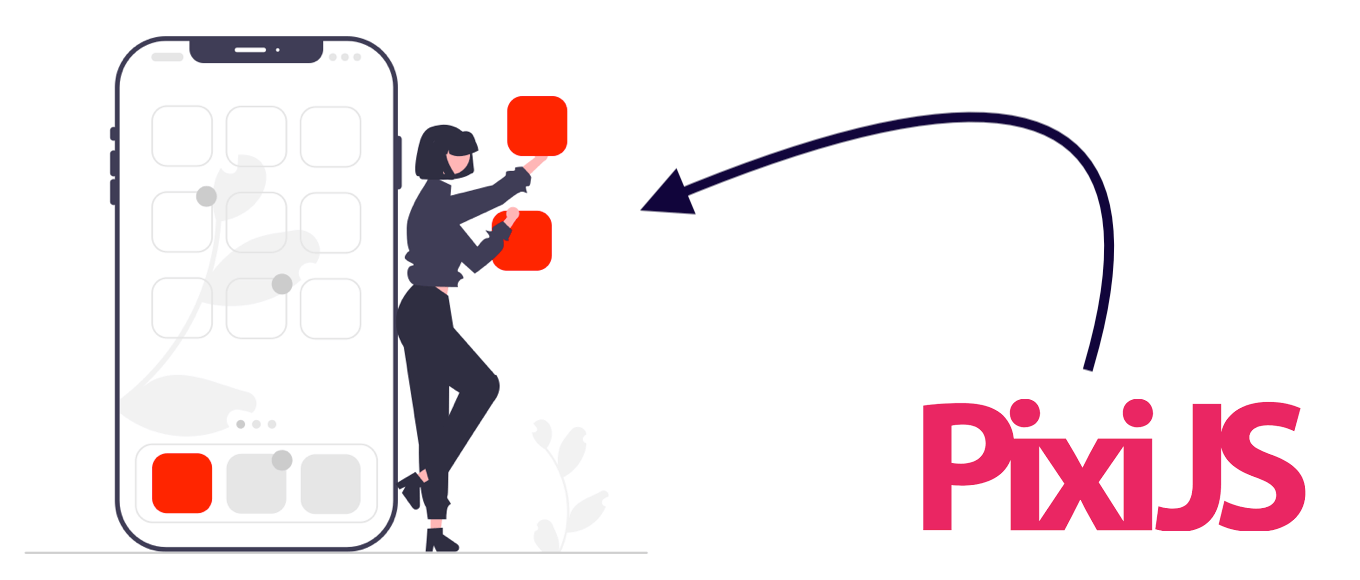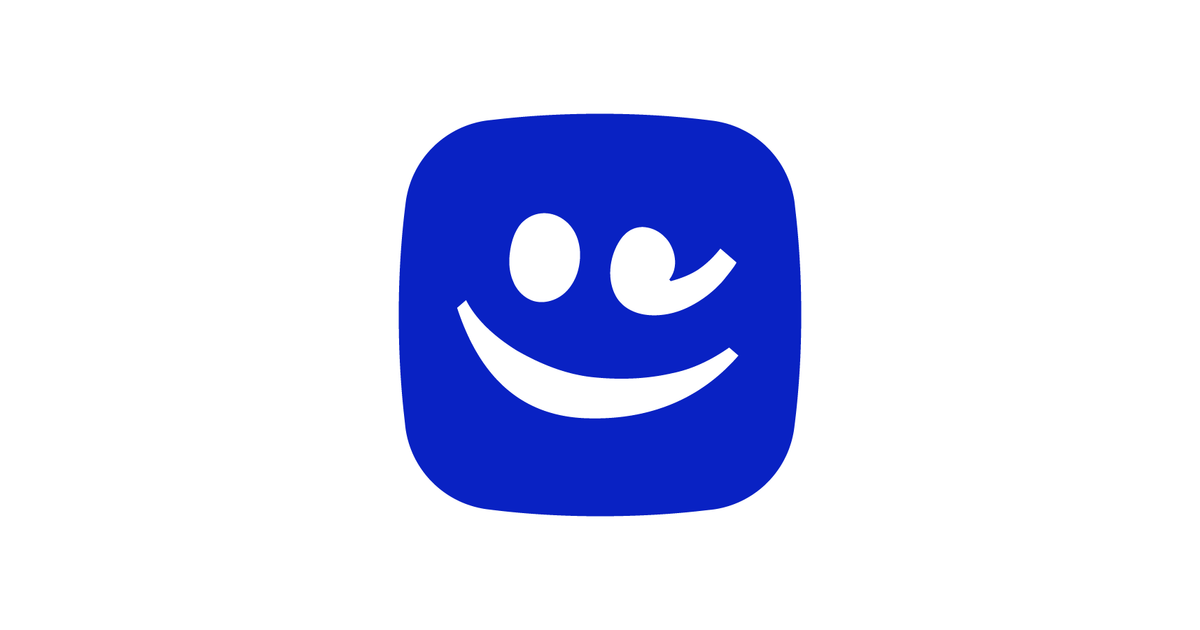
What is PixiJS? PixiJS is a powerful 2D rendering engine that allows developers to create stunning graphics and interactive experiences for web applications. Why should you care? If you're into game development or creating interactive web content, PixiJS offers a fast, flexible, and easy-to-use solution. How does it work? It leverages WebGL and HTML5 Canvas to deliver high-performance graphics across different devices. Who uses it? From indie developers to large companies, many rely on PixiJS for its robust features and community support. Ready to learn more? Let's dive into 19 fascinating facts about PixiJS that will help you understand its capabilities and why it's a go-to tool for many developers.
What is PixiJS?
PixiJS is a powerful 2D rendering engine that allows developers to create stunning graphics and interactive content for web applications. It's known for its speed and flexibility, making it a popular choice among game developers and digital artists.
-
PixiJS is Open Source: The engine is open-source, meaning anyone can use, modify, and distribute it for free. This fosters a community of developers who contribute to its continuous improvement.
-
Supports WebGL and HTML5 Canvas: PixiJS can use WebGL for rendering, but it also falls back on HTML5 Canvas if WebGL isn't available. This ensures compatibility across different devices and browsers.
-
High Performance: Known for its speed, PixiJS can handle thousands of objects on the screen without significant performance drops. This makes it ideal for games and interactive applications.
Features of PixiJS
PixiJS comes packed with features that make it versatile and powerful. Here are some of the standout features that set it apart.
-
Cross-Platform Compatibility: Works seamlessly on desktops, tablets, and mobile devices. This ensures that your creations reach a wide audience.
-
Rich Textures and Graphics: Supports high-quality textures and graphics, allowing for detailed and visually appealing designs.
-
Interactive Elements: You can easily add interactive elements like buttons, sliders, and more, making your applications engaging.
Community and Support
A strong community and robust support system are crucial for any development tool. PixiJS excels in this area as well.
-
Active Community: The PixiJS community is active and vibrant, with many developers contributing plugins, tutorials, and extensions.
-
Extensive Documentation: Comprehensive documentation is available, making it easier for new developers to get started and for experienced ones to find advanced features.
-
Regular Updates: The engine is regularly updated with new features and bug fixes, ensuring it stays current with the latest web technologies.
Use Cases for PixiJS
PixiJS is versatile and can be used in various applications. Here are some common use cases.
-
Game Development: Many indie game developers use PixiJS to create 2D games due to its high performance and ease of use.
-
Interactive Websites: Websites with interactive elements like animations and dynamic content often use PixiJS to enhance user experience.
-
Data Visualization: It's also used for creating interactive data visualizations, making complex data more accessible and engaging.
Learning and Resources
Learning PixiJS is made easier with the plethora of resources available. Here are some ways to get started.
-
Online Tutorials: Numerous online tutorials and courses can help you learn PixiJS from scratch or improve your existing skills.
-
GitHub Repository: The official GitHub repository is a treasure trove of information, including code examples and community contributions.
-
Forums and Communities: Various forums and online communities offer support, answer questions, and share tips and tricks.
Advanced Features
For those looking to push the boundaries, PixiJS offers advanced features that can take your projects to the next level.
-
Shader Support: PixiJS supports custom shaders, allowing for advanced visual effects and custom rendering techniques.
-
Particle System: Built-in particle system support enables the creation of complex visual effects like explosions, smoke, and fire.
-
Spine Animation: Integration with Spine, a 2D animation tool, allows for complex character animations and skeletal animations.
Future of PixiJS
PixiJS continues to evolve, with exciting developments on the horizon.
- WebGPU Integration: Future updates may include support for WebGPU, a new web standard that promises even better performance and more advanced graphics capabilities.
The Power of PixiJS
PixiJS stands out as a powerful tool for creating interactive graphics. It’s fast, flexible, and easy to use, making it a favorite among developers. With its WebGL renderer, it ensures smooth performance even for complex animations. The library’s extensive documentation and active community support make it accessible for both beginners and seasoned pros. Whether you’re building games, data visualizations, or interactive websites, PixiJS has got you covered. Its cross-platform capabilities mean your creations will work seamlessly on any device. Plus, the open-source nature of PixiJS means it’s constantly evolving, with new features and improvements being added regularly. Dive into PixiJS, and you’ll quickly see why it’s become a go-to choice for developers worldwide. Happy coding!
Was this page helpful?
Our commitment to delivering trustworthy and engaging content is at the heart of what we do. Each fact on our site is contributed by real users like you, bringing a wealth of diverse insights and information. To ensure the highest standards of accuracy and reliability, our dedicated editors meticulously review each submission. This process guarantees that the facts we share are not only fascinating but also credible. Trust in our commitment to quality and authenticity as you explore and learn with us.


